Andrew Rule: Innocent bystanders paying price as crims more armed and dangerous than ever
Despite tough gun laws, criminals seem to be more armed and more dangerous than ever. And too often it’s blameless civilians who pay the ultimate price.
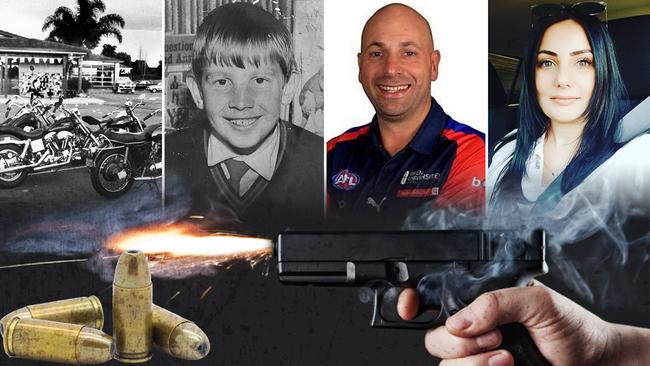
Police & Courts
Don't miss out on the headlines from Police & Courts. Followed categories will be added to My News.
Every day, dog walkers wandering through the peaceful paths in Melbourne General Cemetery go past a pair of well-kept headstones without any idea of the terrible story behind them.
The clue is in the identical date of death engraved on each grave, which is “21.4.73” The two people in adjoining graves died from bullets fired from the same gun on the same Saturday evening in 1973, 50 years ago last month.
In life, they had nothing to do with each other. In death, they are linked forever.
The tragedy was that only one of them was the assassin’s target — that being Laurence Richard Chamings, a waterfront heavy who’d survived an earlier attempt to kill him two years before. For Chamings, it was a case of those who live by the gun dying by the gun — like his brother Patrick, who had been shot dead in 1970 after a brawl behind Collingwood’s Vine Hotel. The Chamings’ family and friends mourned the brothers but few others did.
That wasn’t the case with the other victim, whose death caused a public outpouring of grief and anger because he was a schoolboy, just 11 years old, shot while drinking a soft drink while his father Zlatko had a quick beer on their way to buy fish and chips for the family.
It happened in the oddly-named Moonee Valley Hotel in Brunswick St, Fitzroy, on the corner with Rose St, a short walk from the Kolovrat family home.
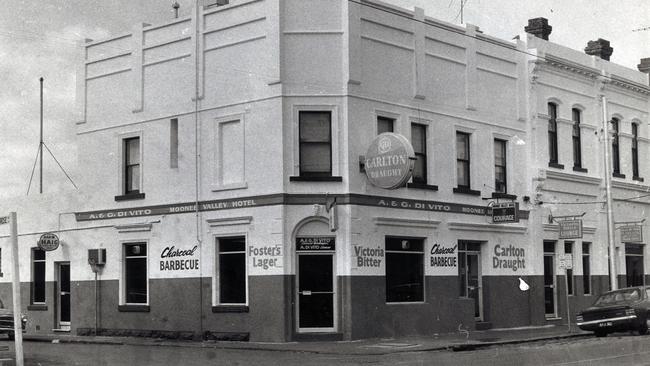
The old pub, dating to the 1860s, is now a hip bar currently named Kewpie. It was a very different place in 1973, when it was already more than a century old, one of dozens of spartan inner-suburban corner pubs where local workers had a beer after work or on Saturday afternoons.
What happened that evening is that a gunman chased Chamings from the street and through the public bar, shooting wildly.
The horrified father tried to push Nicolas down to shield him but it was too late. One bullet wounded Zlatko and another killed his son before the cornered Chamings was shot dead.
No one knew who the gunman was that night, but the underworld and police soon did.
Former Herald Sun chief police reporter Geoff Wilkinson beat the homicide squad to the scene.
It was Wilkinson who saw that the murdered boy had been drinking red lemonade. He subsequently heard that the suspect for the shooting, Barry Raymond Kable, was later savagely beaten and dumped outside a Sydney hospital.
Kable survived to be charged with the double homicide in Melbourne’s County Court on Boxing Day 1973. He was convicted and served his time before dying in 1995 but that was no comfort for the Kolovrats.
Laurie and Patrick Chamings’ violent deaths were among a series of killings in the waterfront war that an inquiry later blamed for 15 murders and 23 acts of violence “where death may have resulted.”
It was the time of “the missing list”, “the lime funeral” and of bodies being hidden in concrete foundations or dumped at sea, with families maintaining the “dockies” code of silence.
But the schoolboy’s death stood out. It emphasised the nonsense behind the myth that gangsters “only shoot each other.” They don’t, a danger even more clear now than in the 1970s.

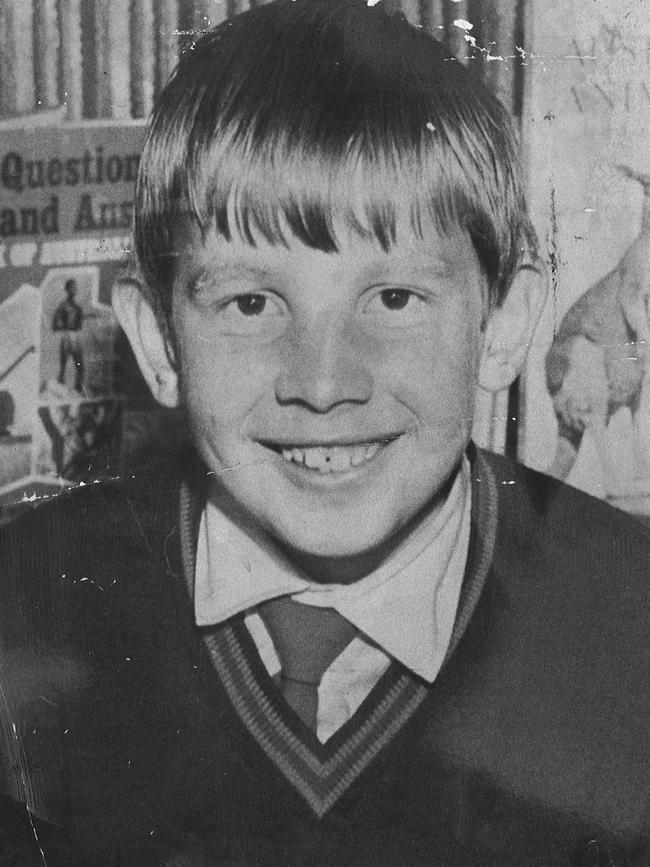
The head of the homicide squad in that era, Insp. Kevin Carton, had already warned that something like Nicky Kolovrat’s death was inevitable.
Months before the Fitzroy shootings, Carton said about the vicious waterfront war that was claiming so many lives: “If we can’t stop the gunplay soon, in a few years this city will be like America.”
Half a century on, his words ring true. Despite tougher gun laws than those of the 1970s, criminals seem to be more armed — and more dangerous than ever — possibly because they use the illicit drugs they traffic.
The list of innocent people killed or injured “by mistake” in criminal outrages is long — and getting longer every year. Some cases stand out more than others, especially where children are victims.
Six violent bikies died in the so-called “Milperra Massacre” between Bandidos and Comancheros in a pub car park in western Sydney on Fathers Day, 1984. But it was the death of 14-year-old Leanne Walters that day that outraged people, and still does.
Leanne was walking past when one of the hail of bullets fired by the warring gang members hit her in the head.
For her, and for Nicky Kolovrat, it wasn’t really a matter of being in the “wrong place at the wrong time.” They were entitled to be exactly where they were when their life was taken by an act of evil, criminal stupidity.
For every “accidental” shooting as described above (what the military call “collateral damage”) there is something just as bad: mistaken identity murder.
Some cases are notorious. In September, 1984, tradesman Lindsay Simpson was shot dead when initially mistaken for his brother-in-law, drug dealer Alan Williams, outside his home in Melbourne’s north.
The shooter, Ray “Red Rat” Pollitt, later privately admitted that once Simpson had seen his uncovered face “he had to go” even though he’d told them that he wasn’t Williams. The wrong target had become a witness.
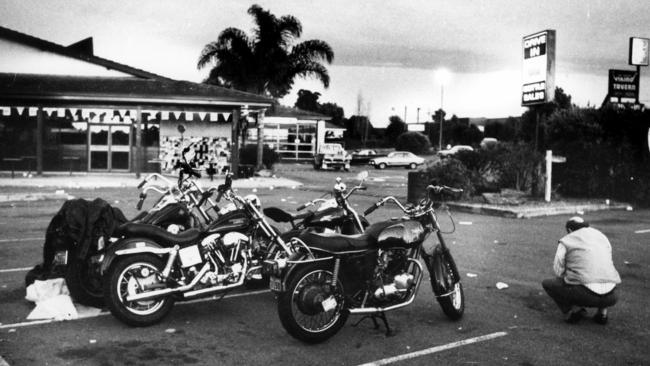
Criminal in-laws are a health risk. Two years before Lindsay Simpson’s death, another innocent man was shot dead outside his Coolaroo home when the shooter mistook him for an outlaw in-law.
The unintended victim was Norman McLeod, brother-in-law of gunman Vincent Mikkelsen — a marked man because he (and the ill-fated Laurie Prendergast) had helped Ray Chuck, a.k.a. Bennett, kill feared painter and docker Les Kane at his home in Wantirna in 1978.
At least, in the Kane hit, the killers pushed his wife and two small children out of sight in a bedroom while they executed Kane.
Too often, stupidity rules. Such as in the sinister drowning in 1974 of a farm worker unlucky enough to share the name Joseph Patrick Keenan with an agricultural inspector who’d upset the Griffith mafia.
Keenan the inspector had naively told bent police he’d seen a group of Calabrian farmers packing marijuana into bags in a farm shed. What a coincidence that the Keenan with the identical name was soon after drowned in an irrigation channel.
Gerald David Preston was a criminal nobody but graduated from dodgy second-hand dealer to receiving stolen goods before deciding he was a gunman after serving time with a Hells Angel, Terrence Tognolini.
The Angels had a drug-related dispute with one Les Knowles, who ran a car repair shop in Adelaide. Tognolini gave his former jailmate a stolen pistol and $10,000 and loose instructions.
Preston confronted Knowles and a mechanic, Tim Richards, at the workshop on August 15, 1996.
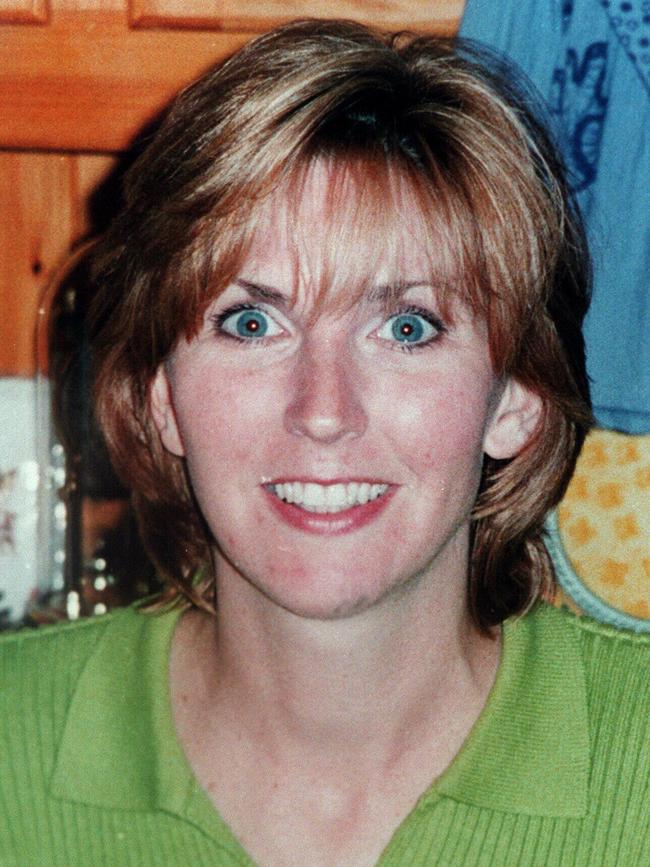
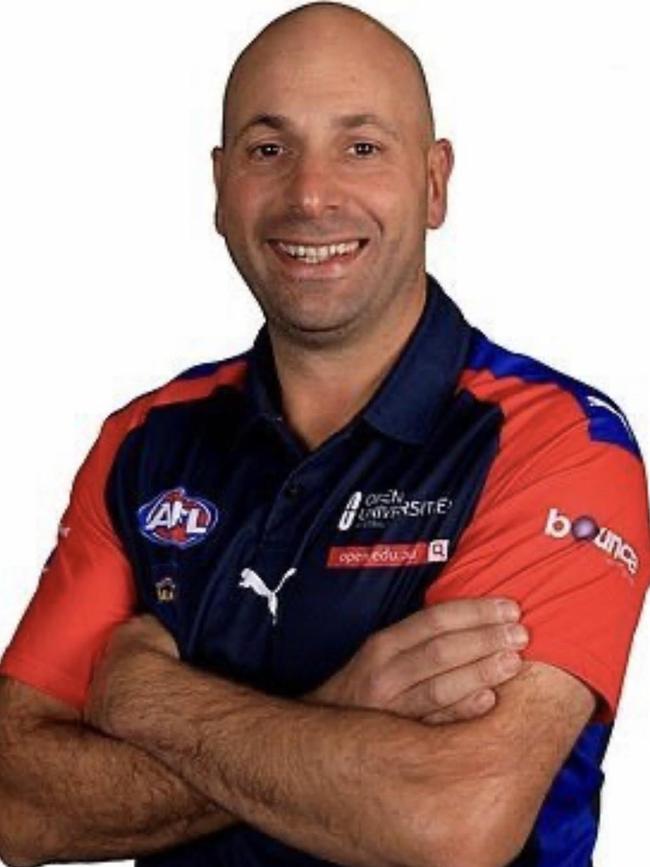
“Are you Les?” he demanded of each. Both denied being “Les”. Preston shot them both in the head. Then he entered the workshop and asked a third man, Kym Traeger, if he was Les. Traeger ran, and the bullet only wounded him.
Preston had killed Tim Richards just for being there — and had attempted to kill Traeger because he wasn’t sure who was Knowles. A bizarrely stupid crime for which he is still serving a huge sentence.
In late 1997, blameless mother-of-three Jane Thurgood-Dove was killed by a hitman in the driveway of her Niddrie home.
Police concluded that the actual target was the wife of a criminal who lived in the same street as the Thurgood-Doves, and that the motive was revenge against the criminal.
It’s part of Australian crime lore that in June 2003, Jason Moran’s friend Pasquale Barbaro was shot dead with Moran as they sat in a van watching an Auskick clinic in Essendon North
The hitman later told police he didn’t even notice Barbaro was in the car but that didn’t stop him shooting him as well, a double murder that covered Moran’s terrified children in blood in the back seat.
As semi-automatic and automatic weapons have become common among drug-dealing gangsters and their expendable underlings, underworld shootings have become more brazen and unpredictable.
Australia’s deeply entrenched bikie gangs (effectively drug distributors and enforcers working for crime syndicates) and their middle eastern and islander associates have become increasingly erratic, often shooting bystanders, relatives and friends of targets.
When a harmless young man named Muhammed Yucel was shot dead in Keysborough by killers paid to murder an ex-“bikie” living nearby in 2017, it was another case of slow brain and quick trigger finger.
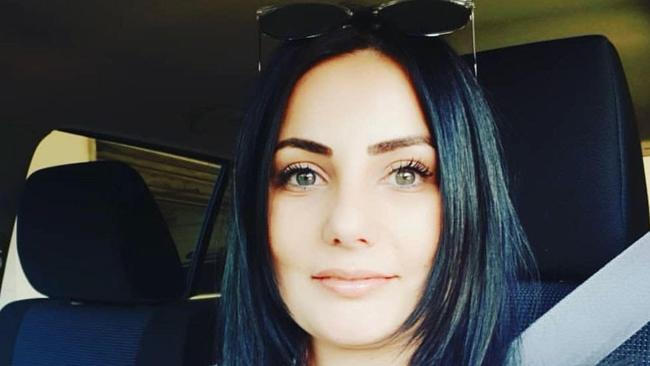
“Mo” had been playing video games with friends when would-be hitmen went to the wrong house, killing him and wounding two other innocent men.
In another debacle, bumbling shooters Aaron Ong and Josh Rider shot greengrocer Paul Virgona on the eastern freeway late at night in 2019 in what police believe was mistaken identity.
In Sydney, several “untargeted” people have been killed or wounded in the ongoing war between middle eastern groups.
In one case last year, young hairdresser Amy Hazouri was shot dead merely because she was in a car with “gangster wife” Lametta Fadlallah, who was a target.
In another case, 64-year-old father Toufik Hamze died because he was sitting in the same car as his son Salim in early 2021.
Later that year, Mustapha Naaman was shot outside a Sydney boxing venue merely because he drove a white Mercedes similar to that driven by the criminal that rivals wanted dead. More collateral damage in a war without end.
As predicted by the old-time homicide cop Kevin Carton, Australian cities have become too much like America.





